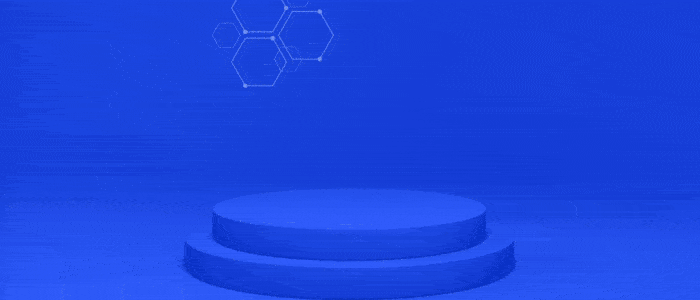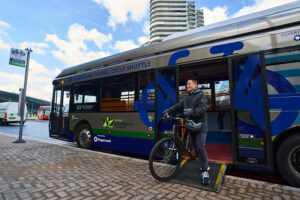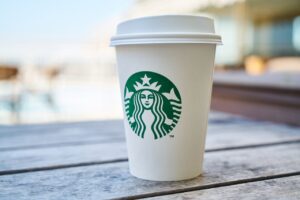Only 50 companies out of 322 have set targets to reduce business travel emissions!
Of the companies who have targets, only four companies receive the “gold standard”, i.e. report air travel emissions and commit to reducing them by 50% or more, by 2025 or sooner. These are Novo Nordisk (Pharmaceuticals, Denmark), Swiss Re (Finance, Switzerland), Fidelity International (Finance, United Kingdom) and ABN Amro (Finance, Netherlands).
In the first ever overview of reporting of non-CO2 emissions related to business flying, the ranking finds that 40 companies are leading the way by reporting all greenhouse gas emissions associated with corporate flights. Pharmaceutical giants AstraZeneca and Pfizer and consulting companies Boston Consulting Group and Deloitte set the example by considering the full impact of flying in their reporting.
The climate impact of business flying extends further than CO2 emissions. On top of CO2, aircraft engines emit other gases – nitrous oxides, sulphur dioxide and water – and particulate matter (soot). These are commonly referred to as non-CO2 emissions, and it is estimated that they account for two thirds of total climate warming from flying. Yet only very few companies reflect the total impact of business flights by accounting for non-CO2 effects.
Advertisement
Denise Auclair, corporate travel manager at Transport & Environment, said: “Corporates are turning a blind eye to the harms done by flying for work. Most companies are taking little to no action on business flying, which renders any other travel targets meaningless in the context of tackling climate change. Only few frontrunners align with science by reporting non-CO2 emissions – the hidden part of the iceberg of aviation’s full climate impact”.
Volkswagen, KPMG and Johnson & Johnson are the top three emitters of the Travel Smart Ranking without a target to reduce their travel emissions (1). But setting such targets is possible and necessary, as companies of similar size and sector like McKinsey, Deloitte and AstraZeneca have done so.

The study shows that if 10% of companies – the biggest emitters of the ranking – set 50% reduction targets, this would go half the way towards achieving the global target of -50% in corporate air travel emissions by 2025. Reducing aviation emissions is now more crucial than ever, if we are to stay within 1.5°C of global warming.
For the critical decade until 2030, the best way to reduce aviation emissions is to fly less, as the timing for scale-up of sustainable fuels and zero-emissions aircraft is currently post-2030, and offsetting cannot substitute for reducing emissions.
The Travel Smart Campaign calls upon companies to set ambitious targets to reduce corporate travel emissions, switch from air to rail travel where possible, and privilege video conferencing as a substitute to long-haul flying.
Denise Auclair concludes: “The biggest emitters have a disproportionate role to play in reducing their corporate flying emissions. The means to achieve this are more accessible than ever before: rail travel when distances permit it and video conferencing to avoid long-haul flights.”
Transport & Environment, together with a coalition of global partners, launched the Travel Smart Campaign in 2022 with a yearly edition of a corporate ranking on sustainable business travel practices. The campaign engages with businesses, with the objective that they reduce their corporate travel emissions by 50% or more of pre-Covid levels by 2025 or sooner.
The Travel Smart Ranking, ranks 322 US, European and Indian companies according to 10 indicators, relating to air travel emissions, reduction targets and reporting. Top global flyers from the 17 countries of the ranking represent a sizable portion of business travel worldwide. The analysis sheds light on the significant efforts certain global businesses have still to make to reduce their corporate travel emissions. Companies are given an A, B, C or D grade. In this year’s edition of the ranking, 11 companies qualified for an A grade, 38 a B, whilst the overwhelming majority received a C (212) and 61 companies saw a D grade next to their name.
Advertisement













